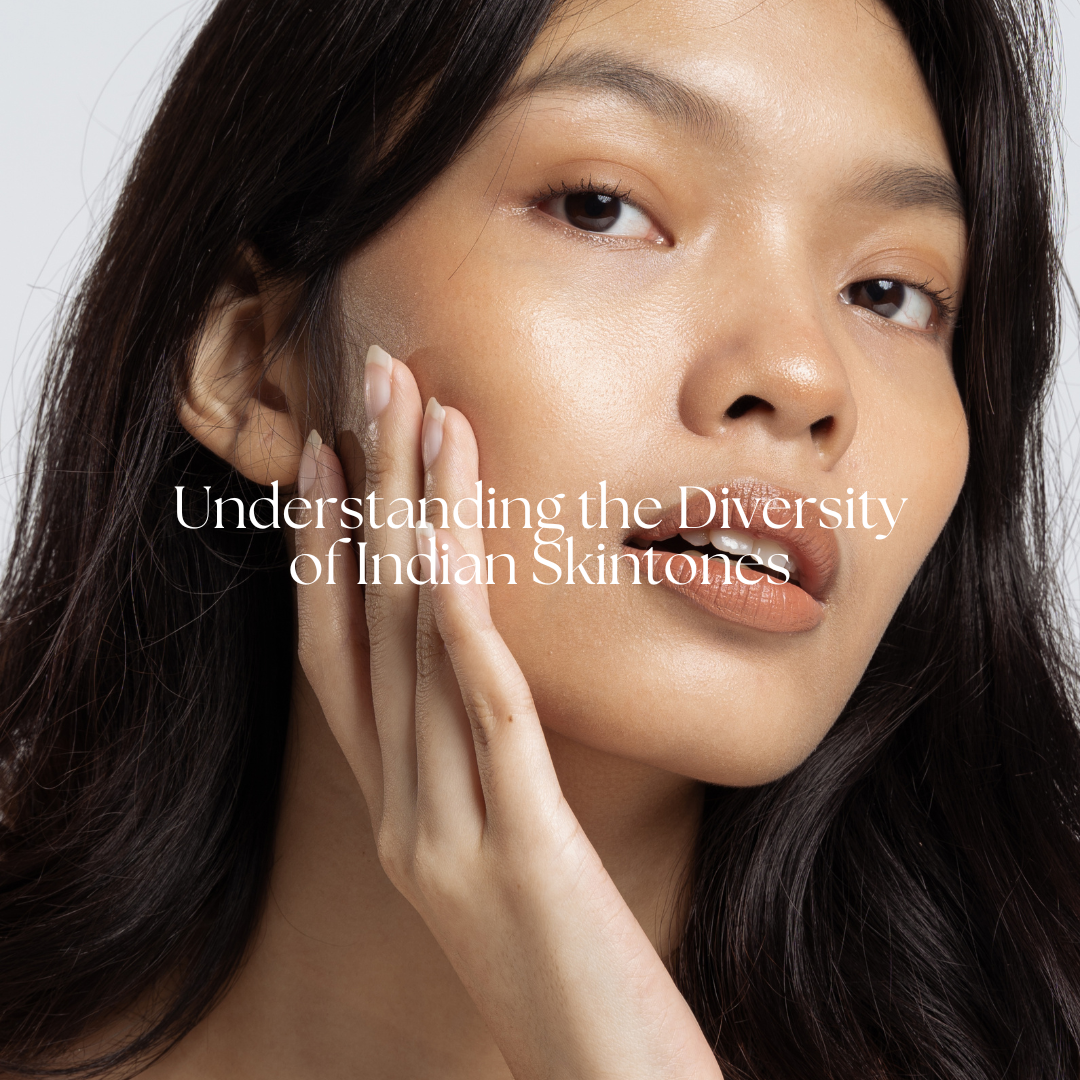
Understanding the Diversity of Indian Skintones
Share
India is a land of diversity, not just in terms of culture and language but also in physical attributes like skin tone. From the fairest of the fair to the deepest browns, Indian skin tones vary greatly. This rich variety is a result of the country's complex genetic history and geographical diversity. Understanding this spectrum of skin tones can be particularly helpful for beauty brands, fashion designers, and artists who aim to cater to this vast market. Let's delve into the diversity of Indian skin tones and why recognizing this range is significant.
The Spectrum of Indian Skin Tones
Indian skin tones can be broadly categorized into three types: light, medium, and dark. Within these categories, there is a wide range of hues and undertones.
Light Skin Tones
Light Indian skin tones usually have a yellow or peachy undertone. They can tan easily under the sun, turning into a golden hue. This skin tone is often referred to as having a "wheatish" complexion in the Indian beauty industry.
Medium Skin Tones
Medium Indian skin tones are often described as olive skin. This skin tone can range from beige with yellow undertones to tan with green undertones. Olive skin tones are very versatile and can vary greatly depending on the region and exposure to sunlight.
Dark Skin Tones
Dark skin tones in India have a beautiful spectrum from warm caramel to deep chocolate. These skin tones can have either a cool blue undertone or a warm red undertone. Dark skin is rich in melanin, which provides natural protection against the harsh rays of the sun.
Significance of Recognizing Indian Skin Tones
Recognizing and understanding the diversity of Indian skin tones is essential for several reasons.
Beauty and Fashion Industries
For the beauty and fashion industries, acknowledging the diversity of Indian skin tones means creating and promoting a range of products that cater to this variety. Makeup brands must have a wide palette of shades to match the skin tones of Indian consumers.
Representation Matters
Representation in media and advertising is also important. When people see themselves reflected in the products and campaigns that target them, it fosters a sense of inclusion and self-worth.
Health and Wellness
In healthcare, understanding skin tone variations is vital for diagnosing conditions that may present differently on different skin tones. Knowledge of the diversity in Indian skin tones can lead to better, more inclusive care.
Conclusion
The diversity of Indian skin tones is a beautiful testament to the country's rich tapestry of genetic and geographical influences. Recognizing and embracing this variety is not just a matter of beauty—it's a step towards inclusivity, better representation, and understanding within a global context. Whether in the realm of beauty, fashion, or health, appreciating the full spectrum of Indian skin tones is essential.
Understanding the diversity within Indian skin tones is a celebration of the country's rich heritage and a reminder of the importance of inclusivity in all aspects of society.

